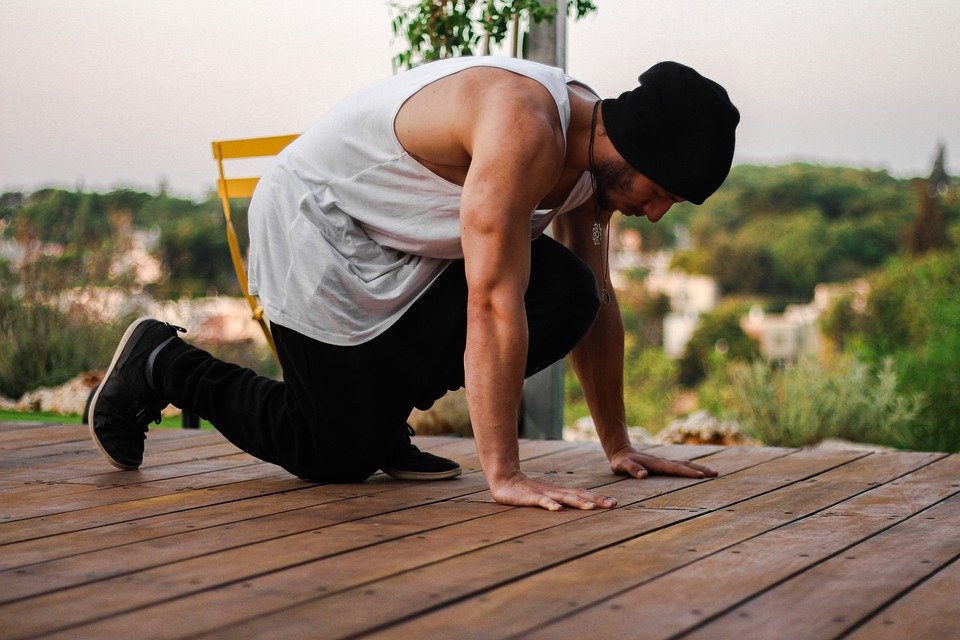The Evolution of Calisthenics: From Ancient Greece to Modern Fitness
Calisthenics, also known as bodyweight training, has become increasingly popular in recent years. With its emphasis on strength, flexibility, and control, it offers a holistic approach to fitness that appeals to people of all backgrounds and skill levels. But where did calisthenics originate, and how has it evolved over time? In this article, we will explore the rich history of calisthenics, from its roots in ancient Greece to its modern-day prominence in the fitness world.
Ancient Greece: The Birthplace of Calisthenics
The origins of calisthenics can be traced back to ancient Greece, where physical fitness and athleticism were highly valued. The Greeks believed that a strong and healthy body was essential for a well-rounded individual. Gymnasiums, which served as centers for physical exercise, were a common sight in ancient Greek cities.
One of the earliest proponents of calisthenics was Herodicus of Selymbria, a Greek physician who believed in the power of movement and exercise for maintaining good health. He emphasized the importance of natural movements and developed a system of exercises that involved running, jumping, and throwing.
The influence of Greek calisthenics can also be seen in the Olympic Games, which were first held in 776 BC. These ancient athletic competitions showcased the physical prowess of Greek athletes, who trained rigorously in calisthenics to prepare for the games. Gymnastics, a discipline closely related to calisthenics, was a prominent event in the ancient Olympics.
The Renaissance: A Revival of Interest
After the decline of the ancient Greek civilization, calisthenics fell into obscurity for several centuries. However, during the Renaissance period, there was a renewed interest in classical learning and physical fitness. The study of ancient Greek texts led to a revival of interest in calisthenics as a means of improving health and well-being.
One notable figure during this time was Hieronymus Mercurialis, an Italian physician who wrote a book called “De Arte Gymnastica” in 1569. In this influential work, Mercurialis outlined various exercises and movements that could be performed without the need for specialized equipment. His book laid the foundation for the modern understanding of calisthenics.
The Modern Era: Calisthenics as a Fitness Trend
In the 20th century, calisthenics experienced a resurgence as people sought alternative methods of staying fit and healthy. With the advent of modern fitness equipment and facilities, calisthenics became more accessible to the general population.
During the 1970s and 1980s, calisthenics gained popularity as a form of group exercise. Aerobics classes, which incorporated bodyweight exercises such as jumping jacks, push-ups, and squats, became a widespread fitness trend. These classes focused on cardiovascular fitness and endurance, showcasing the versatility of calisthenics as a way to improve overall fitness levels.
In recent years, calisthenics has evolved into a discipline that combines strength, flexibility, and body control. It has gained a devoted following of practitioners who push the boundaries of what the human body is capable of. From advanced moves like handstands and muscle-ups to creative freestyle routines, calisthenics has become a form of artistic expression as well as physical fitness.
FAQs about Calisthenics
Q: Is calisthenics suitable for beginners?
A: Yes, calisthenics can be adapted to suit individuals of all fitness levels. Beginners can start with basic exercises like push-ups, squats, and lunges and gradually progress to more advanced movements as they build strength and confidence.
Q: Do I need any equipment to do calisthenics?
A: One of the great advantages of calisthenics is that it can be performed with little to no equipment. Many exercises can be done using only your bodyweight, but some practitioners incorporate minimal equipment like pull-up bars or resistance bands to add variety to their workouts.
Q: Can calisthenics help me build muscle?
A: Absolutely! Calisthenics is an effective way to build strength and muscle mass. By progressively increasing the difficulty of exercises and incorporating compound movements, you can target specific muscle groups and achieve impressive results.
Q: Can calisthenics help with weight loss?
A: Yes, calisthenics can be an effective tool for weight loss. By combining cardiovascular exercises like burpees and mountain climbers with strength-building movements, you can burn calories, increase metabolism, and build lean muscle mass.
Q: Is calisthenics safer than weightlifting?
A: Calisthenics puts less stress on the joints and muscles compared to weightlifting, making it a safer option for many individuals. However, it is important to practice proper form and technique to avoid injury, just like with any other form of exercise.
In conclusion, the evolution of calisthenics has taken it from ancient Greece to modern fitness. Its roots in the ancient Greek civilization, its revival during the Renaissance, and its subsequent popularity as a fitness trend have all contributed to its current prominence. Calisthenics offers a versatile and accessible approach to fitness, allowing individuals to improve strength, flexibility, and body control without the need for specialized equipment. Whether you’re a beginner or an advanced practitioner, calisthenics has something to offer everyone on their fitness journey.


